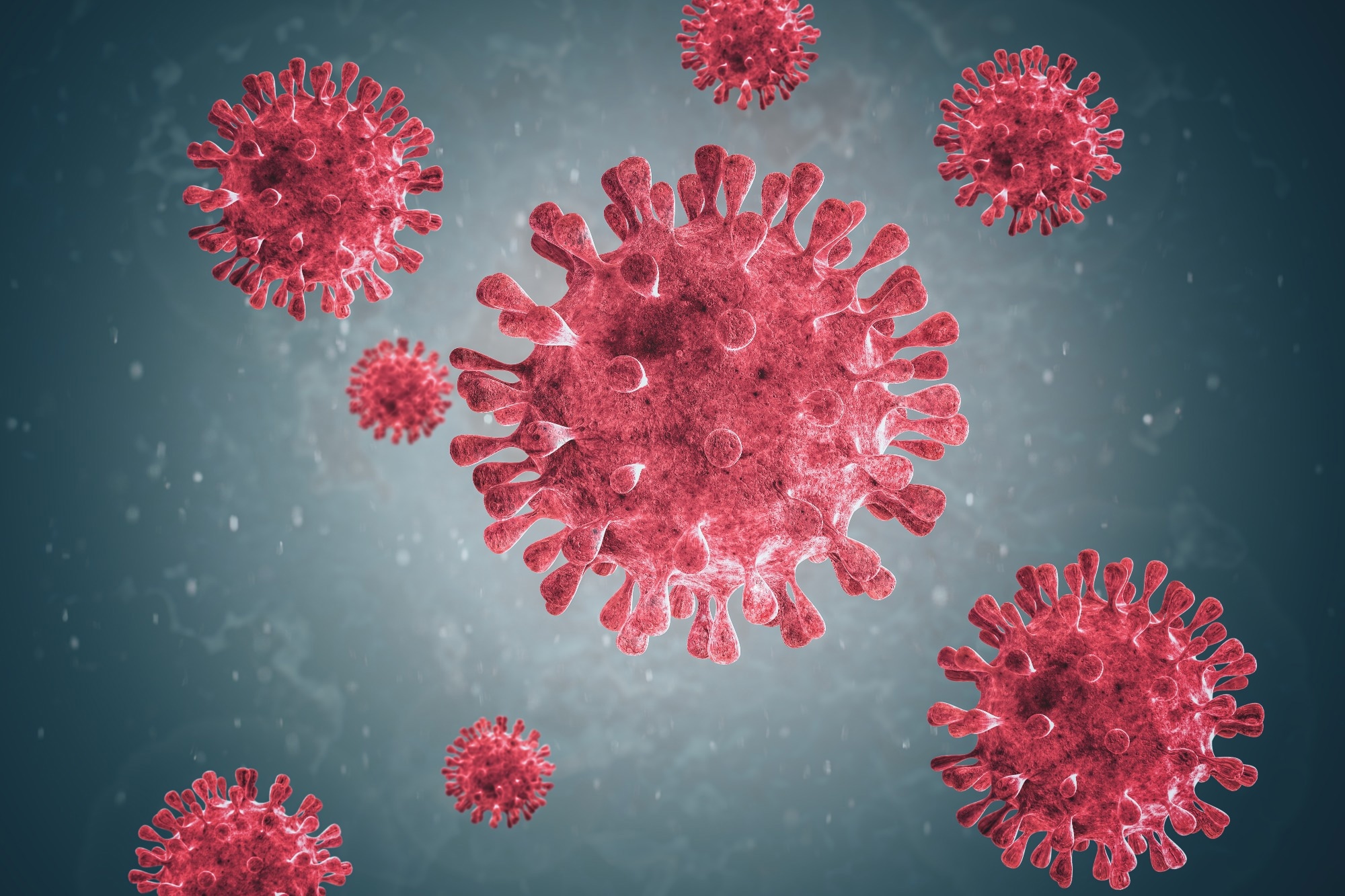An important aetiologic agent of upper respiratory tract infection (URTI) and lower respiratory tract infection (LRTI) in adults and children is the human metapneumovirus (HMPV). A recent Journal of Infection study explores the genetic diversity, prevalence, and evolutionary dynamics of HMPV.
 Study: The emergence, impact, and evolution of human metapneumovirus variants from 2014 to 2021 in Spain. Image Credit: VO IMAGES / Shutterstock.com
Study: The emergence, impact, and evolution of human metapneumovirus variants from 2014 to 2021 in Spain. Image Credit: VO IMAGES / Shutterstock.com
Background
HMPV belongs to the Pneumoviridae family and causes similar symptomatology as the human respiratory syncytial virus (HRSV). HMPV is a negative-sensed, lineal, enveloped, and single-stranded ribonucleic acid (RNA) virus that can be classified into HMPV-A and HMPV-B genotypes, with its subgenotypes including A1, A2 (A2a, A2b, and A2c lineages), B1, and B2 (B2a and B2b lineages).
The genome of HMPV consists of eight genes encoding nine proteins. The scheme in which the proteins are encoded is 3’-N-P-M-F-M2(M2–1/M2–2)- SH-G-L-5’.
Recently, in the attachment glycoprotein’s (G) ectodomain, 180- and 111-nucleotide duplications have been associated with LRTI and immune evasion in adulthood.
About the study
The current study aimed to characterize the evolutionary dynamics and genetic diversity of HMPV in adult and pediatric patients at a university hospital in Barcelona in the seasons between 2014-2015 and 2020-2021.
Laboratory-confirmed HMPV was characterized based on partial-coding G gene sequences. For the assembly of nucleotide sequences, the MEGA.v6.0 was used.
Phylogenetic trees were constructed based on the lowest Bayesian information criterion score. These trees were evaluated with 1,000 bootstrap resamplings. Whole genome sequencing (WGS) was performed with Illumina, and evolutionary analyses with Nextstrain and Datamonkey.
Key findings
Consistent with other studies, the prevalence of HMPV in pre-pandemic years was similar, with an annual seasonal pattern and clear peak. However, the start of the coronavirus disease 2019 (COVID-19) pandemic disrupted the circulation of HMPV. From the summer of 2020, enveloped viruses were circulating; however, HRSV or HMPV were not dominant.
In the summer of 2021, HMPV and HRSV were again in circulation and caused two epidemic peaks, the second of which started in the autumn. This could be due to a lack of viral interference at that time or the relaxation of preventive measures by Spanish people. During the second peak, the prevalence of HMPV was higher compared to previous seasons, likely because two generations had not yet experienced primary infection.
The most common co-detections were adenovirus, rhinovirus, bocavirus, and enterovirus. The co-detection rate increased after the COVID-19 pandemic, and a change was observed in most common co-detected viruses.
HMPV had shown a higher incidence among children under two years of age in pre-pandemic seasons; however, this changed during the pandemic. There was also a higher tendency of male infants to be affected. In contrast, in the adult population, females and individuals 50 years of age or older were more likely to be infected.
A pattern of cyclic shifts of predominance with respect to the circulation of HMPV-A was observed. In addition, an increasing prevalence of A2c viruses carrying duplications was observed, with A2c180dup first described, followed by A2c111dup. The dominance of A2c111dup indicates that the 180-nucleotide duplication covers much of the F protein, which could impact membrane fusion and prevent virus replication.
Consistent with the rise in prevalence of A2c variants and their dominance during the COVID-19 pandemic, an increase in the morbidity of HMPV infections had also been described at the end of the 2009 influenza A(H1N1)pdm09 pandemic. At this time, A2c exhibited a higher mean genetic distance and immune evasive characteristics that contributed to its aggressive predominance.
Conclusions
HMPV affected both pediatric and adult populations and showed significant morbidity throughout the study period. The HMPV epidemic was disrupted by the COVID-19 pandemic in 2020, which led to two unexpected peaks later in the summer and autumn of 2021.
WGS showed the high conservation of the F protein and rich diversity in G protein, thus indicating the necessity for steric shielding of G over F. The current study is an effective example of virological surveillance of a non-HRSV or influenza respiratory virus. It provides crucial information on the real-time evolution of HMPV and its impact on public health.
Journal reference:
- Pinana, M., Gonzalez-Sanchez, A., Andres, C., et al. (2023) The emergence, impact, and evolution of human metapneumovirus variants from 2014 to 2021 in Spain. Journal of Infection. doi:10.1016/j.jinf.2023.05.004